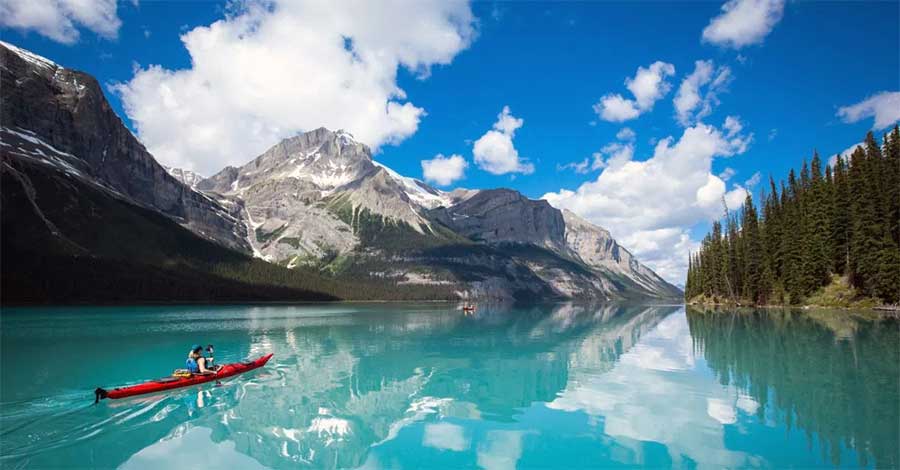My parents went to Jasper National Park, and once I saw the photos of them there, I immediately put it on my bucket list.
Visit Jasper National Park.
Jasper National Park is the largest national park in the Canadian Rockies, spanning 4,200 square miles. It is located in Alberta, North of Banff National Park and West of Edmonton.
The park includes the glaciers of the Columbia Ice Field, hot springs, lakes, waterfalls and mountains. Jasper has to be one of the most beautiful-looking places I have seen on television and the internet. I hope to travel there someday and maybe look around for a week or more.
